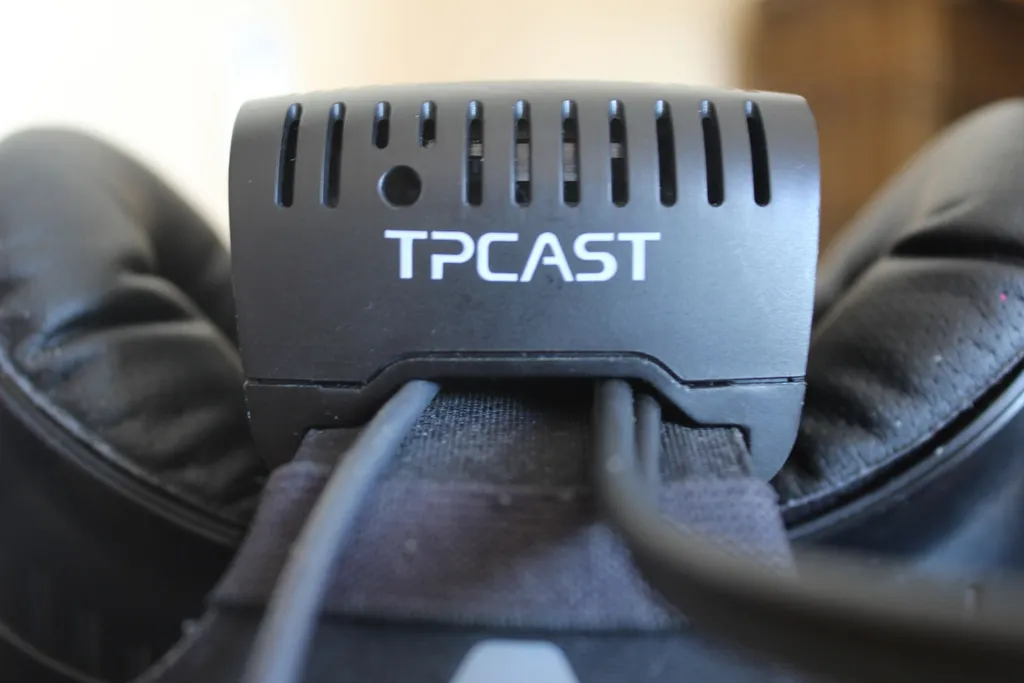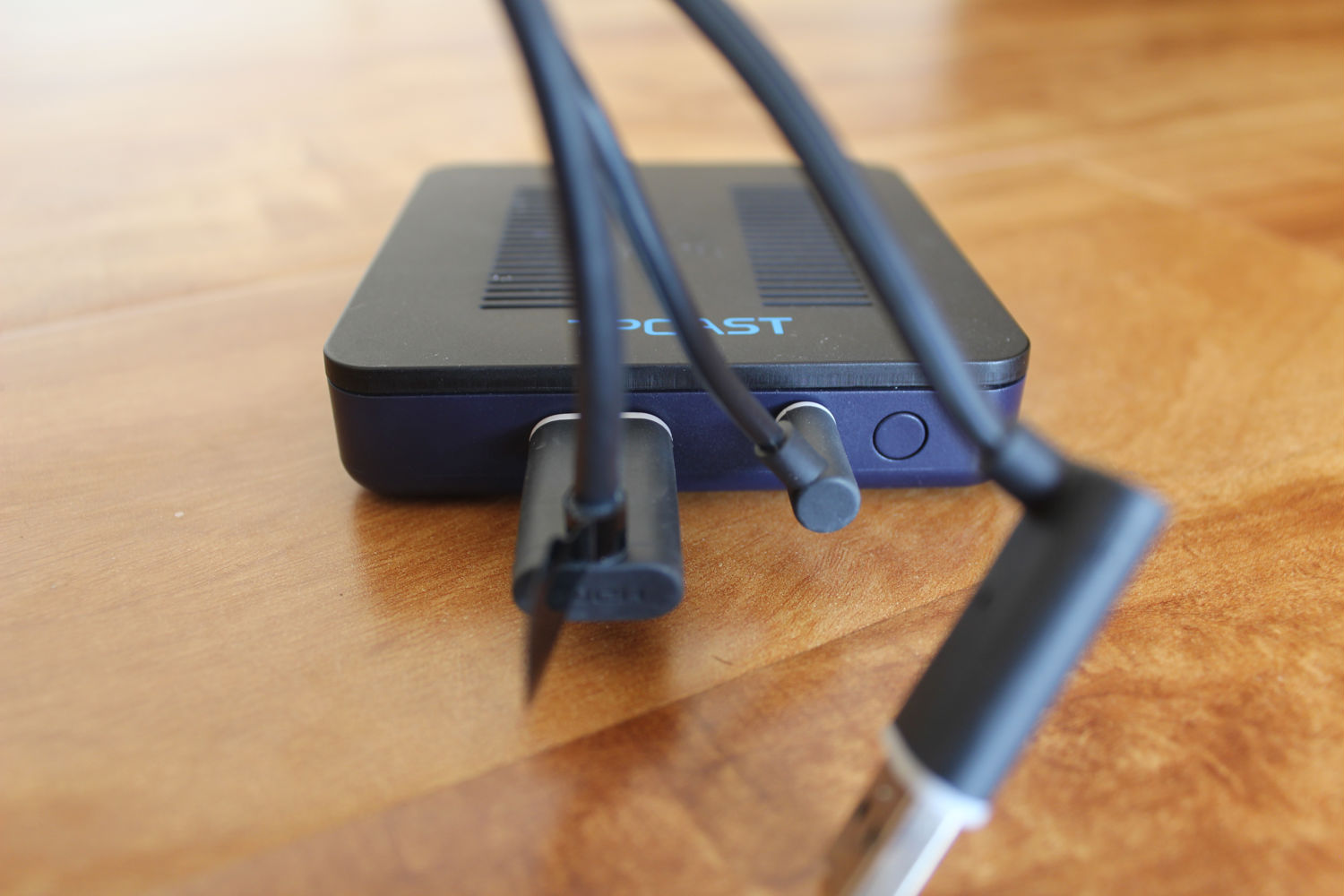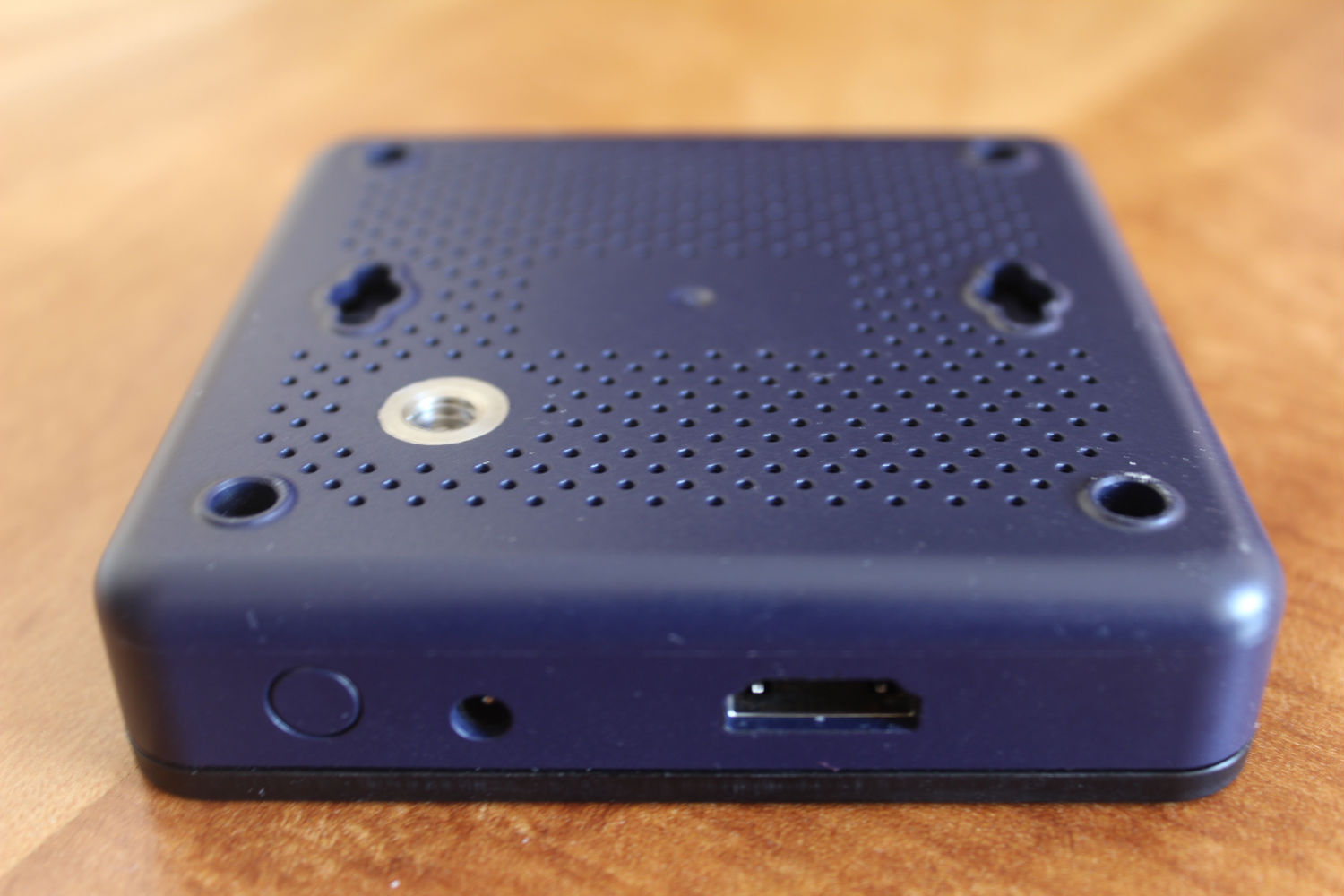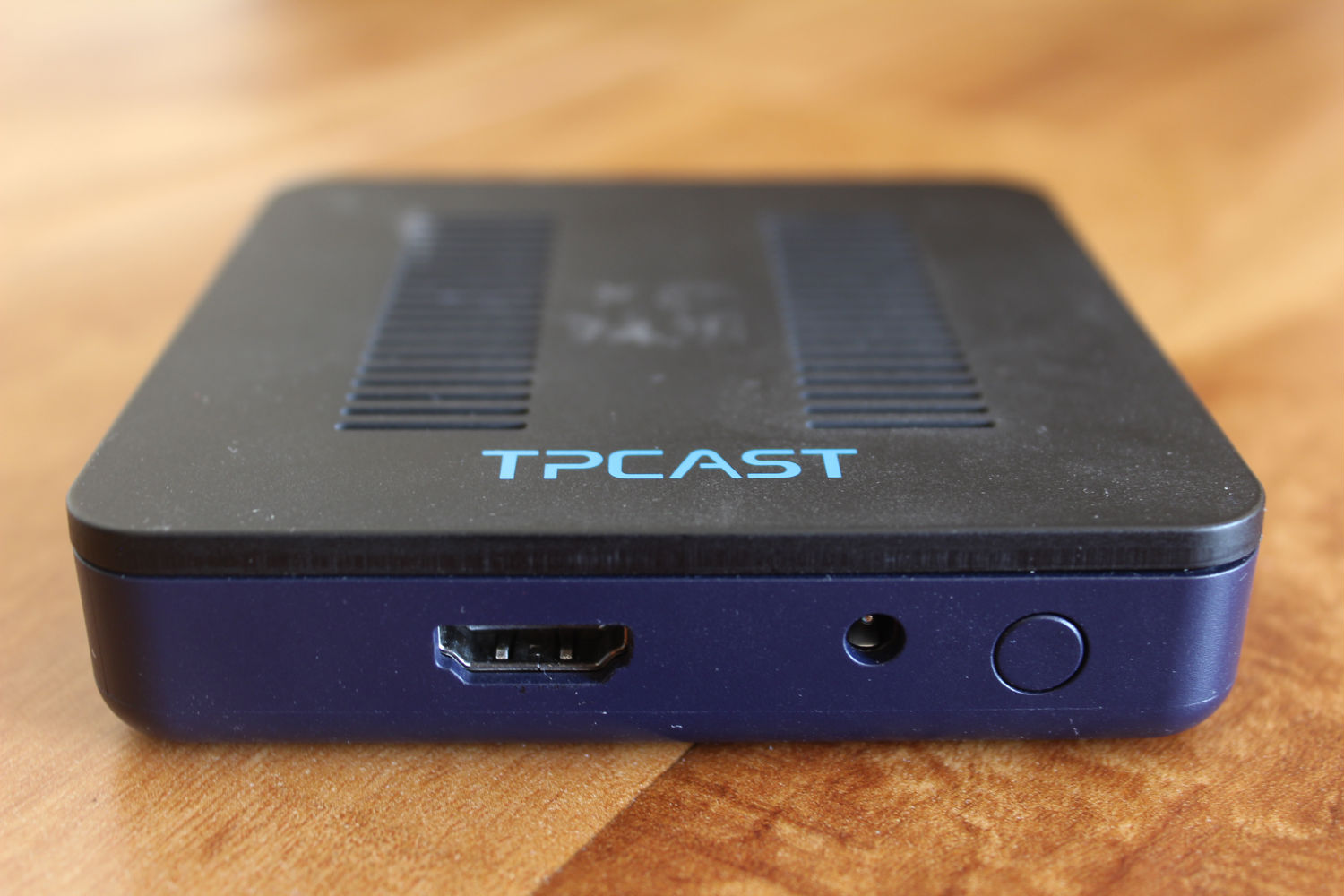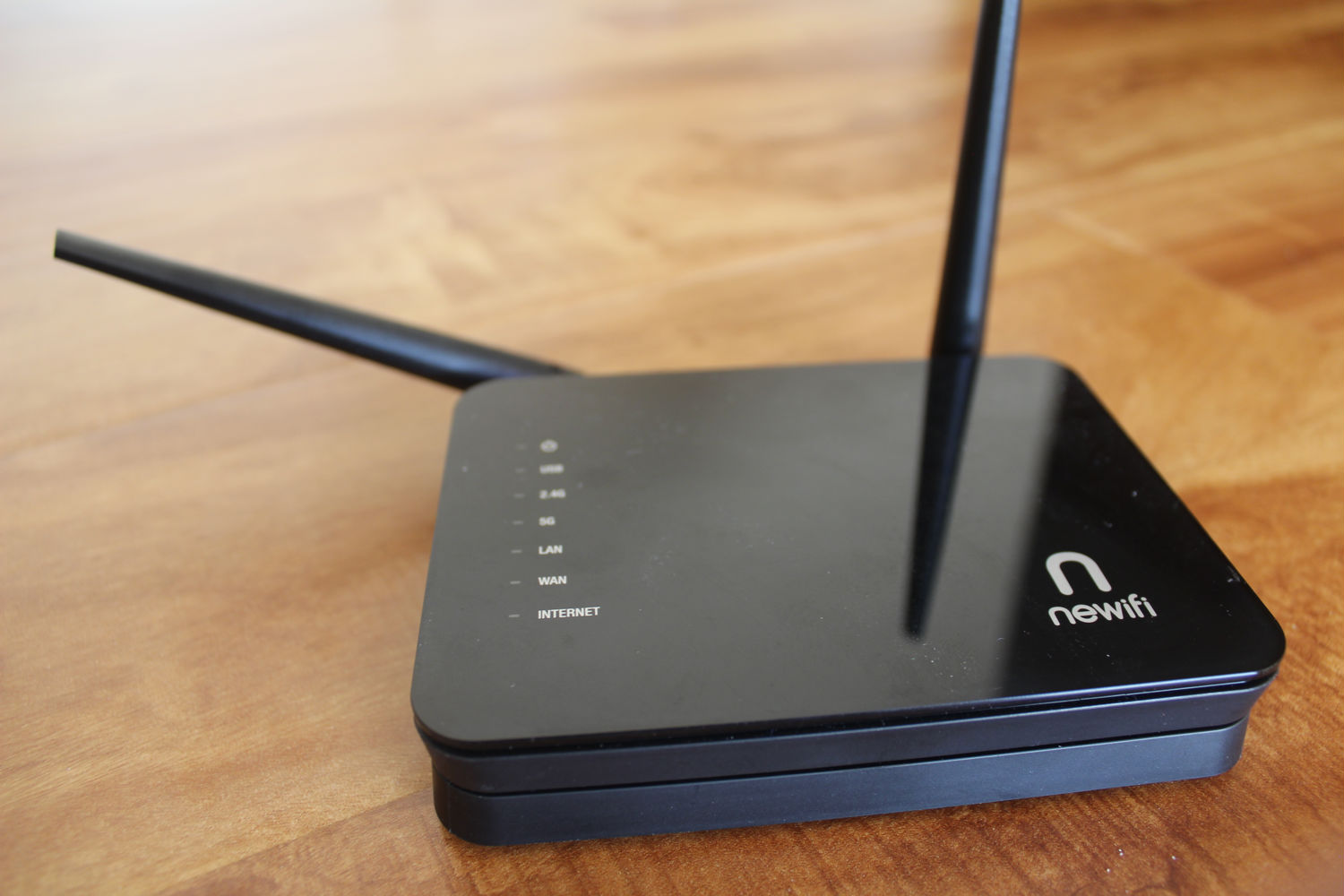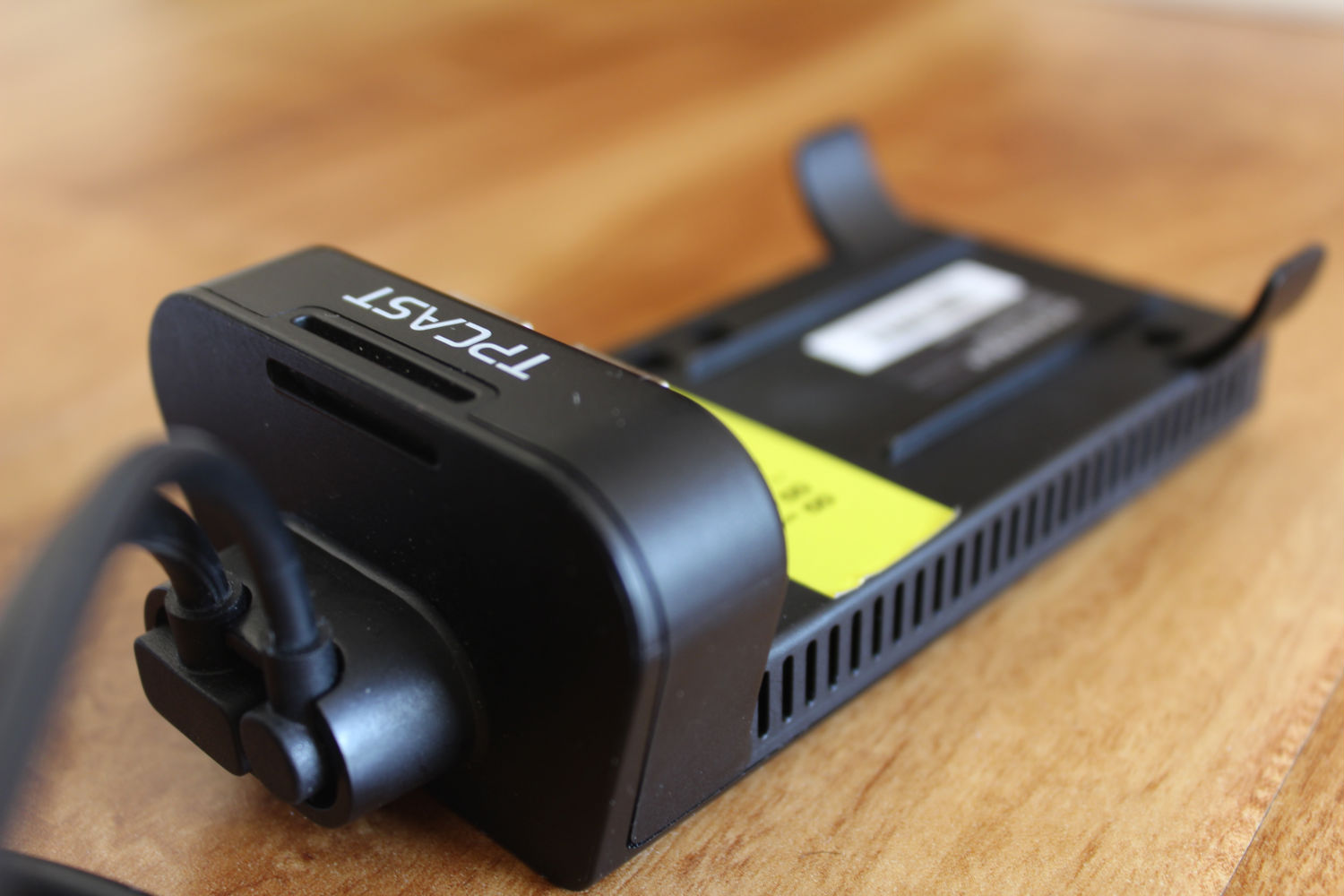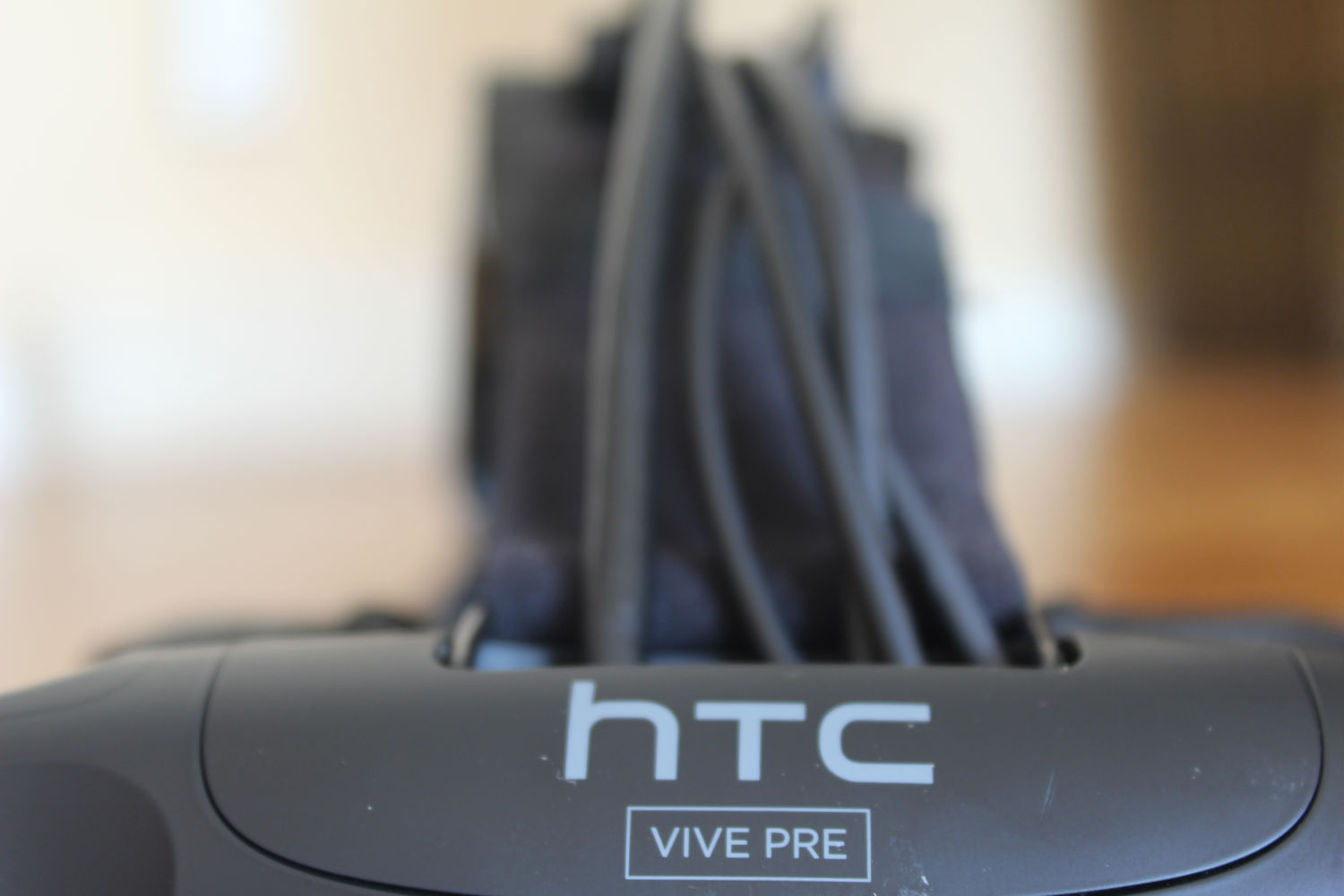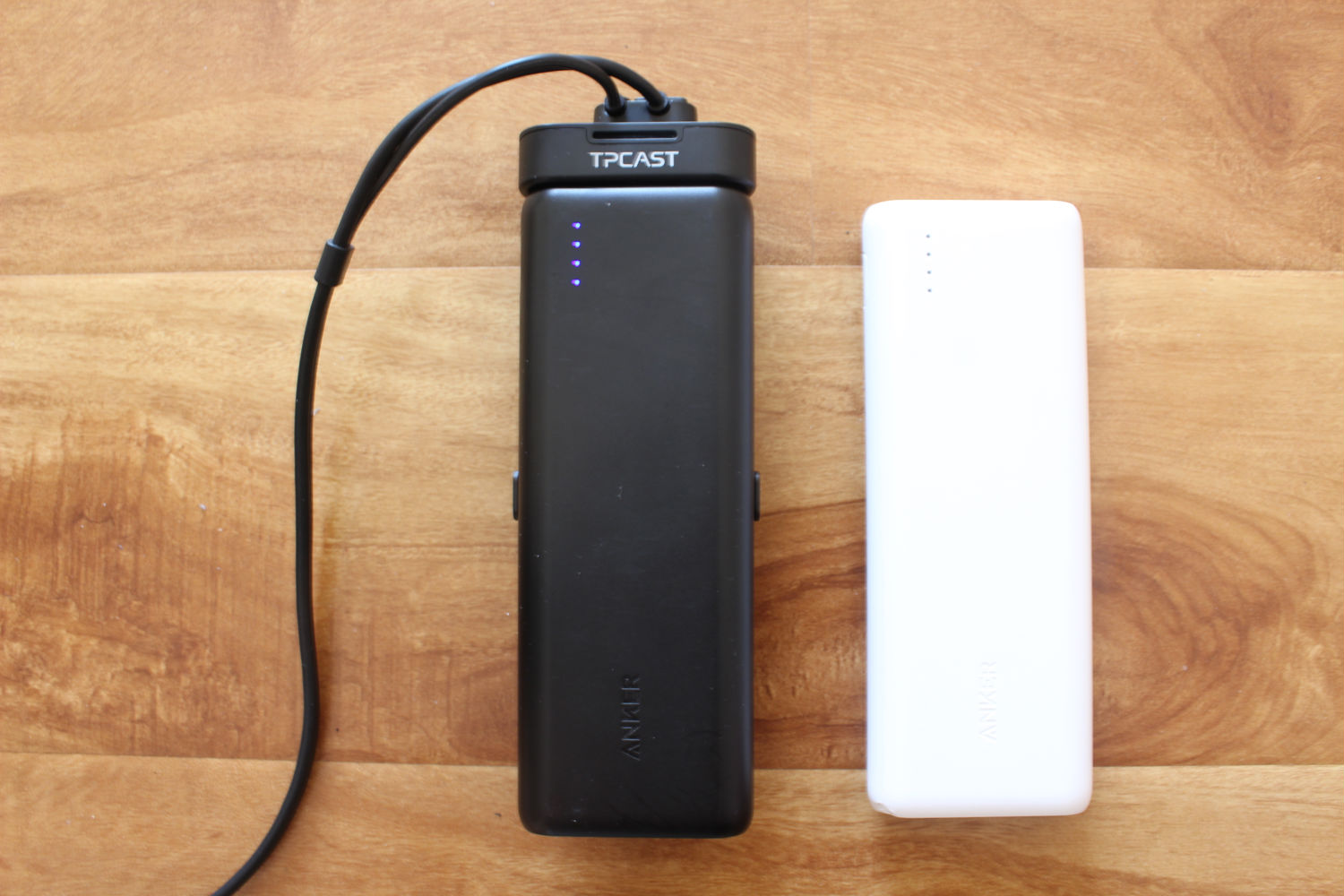For a product that makes your VR experience untethered, TPCAST certainly adds a lot of wires and additional hardware to your HTC Vive setup. At the end of the day, though, the accessory removes one of the biggest things holding VR back — the long cord running from a PC to the headset. And it does so without sacrificing any notable fidelity compared with the wired Vive experience.
Last December, we had our first go with wireless VR with an early TPCAST unit and had an experience in VR that we’d never felt before: Freedom. The freedom to just walk and meander about a beautiful scene, the freedom to keep spinning, twisting, and even flipping without worrying about a cable holding us back.
We’ve tried a number of wireless VR dev kits now and these products often seem to compromise between latency and visual/color fidelity. You could either have low latency and bad compression artifacts, or high visual fidelity and high latency, which can lead to extreme discomfort. TPCAST shows that by a network technology operating at 60GHz, you have to sacrifice neither. That said, with a not-so-simple initial setup, missing features, and high cost, it isn’t exactly for everyone. Nevertheless it is first-to-market, works as advertised and overall it excites us about the future of VR.
Also note that TPCAST provided to us a used PEQ (product equivalent) model which they’d been actively using to demo their product at conferences. All the parts, cables, and software tested will be included with the final product. We also tested it with a Vive Pre rather than a consumer Vive.
Setup
If you thought setting up an HTC Vive involved some wires and time investment, prepare yourself for the following diagram outlining how everything connects. It is quite the process.
Hardware
- Transmitter
- Receiver
- 20100 mah Battery
- Battery adapter
- Router
- Cables
- Short 3-in-1 variant
- Short HDMI male-to-male
- 3 foot ethernet
Visual Fidelity Is High
The most important aspect of the product’s functionality is the quality of the visuals, and we found them to be very high. I placed the transmitter on my desk by my keyboard & mouse, rather than mounting it in an ideal position high up on my walls facing downward, and the visual fidelity of the transmitter did not disappoint. After many hours of usage I never noticed any bit of latency, which is a cardinal sin of VR.
[gfycat data_id=”AnchoredCautiousGadwall”]
However, due to it being mounted in a not-so-ideal location, I did run into some noticeable color compression when bending over and facing away from the transmitter — when my body became a barrier between the transmitter/receiver pair. This issue was fixed when I mounted the transmitter to an unused TV mount in the room (~5ft high) and had the top face outward using the recommended 90° mounting position. Once the transmitter had a clear view of the whole room, I could not get the compression artifacts to appear without fully blocking the receiver on the HMD with my hand.
[gfycat data_id=”SizzlingTerribleIntermediateegret”]
We played games with tons of particles, turned up settings to max, and upped the super sampling rate to 2.0, and did not notice any bitrate or compression issues on the image. Even with apps like Tilt Brush that have a lot of colors and gradients, we failed to notice any difference between a wired HMD.
We will of course put the caveat out there that we still have not done a straight A/B test where we ask someone to try and identify whether the headset is wireless or wired based on the visual fidelity alone. Our time was limited and the setup process too involved to do this yet.
Audio Fidelity
The sound quality with TPCAST’s wireless solution sounded largely the same as the wired HMD. However, the biggest problem you’ll face with having a TPCAST receiver on the top strap, is that you won’t be able to use overhead headphones. If you cover the receiver with a headphone band, you’ll be blocking the line-of-sight signal, which means the video stream will be choppy and compressed. If you scoot the headphone band backwards so that it sits right behind the receiver, then it’ll slide down your head easily. For the time being, the only option seem to be either using earphones, or getting your hands on one of Vive’s Deluxe Audio straps (which we didn’t test with TPCAST).
Another important thing to note is the lack of microphone support. TPCAST tells us that this is a driver issue and will be fixed, without providing us with a date. This is by far one of the biggest issues, especially if you want to meet up with people in VR.
Battery Life
Using a fairly new Anker 20100 battery we had sitting around the office, we got a solid 4.5 hours of consistent play time. Charging the battery takes a minimum of 8 to 10 hrs using a 2A output USB charger, which means you probably should buy a second battery. When standing I kept the battery in my back pocket with a cord running to the headset.
There isn’t any indication of battery life in the headset so the only way to know is through 4 dots displayed on the battery hardware itself indicating 25 percent intervals on the battery. When the battery is dead everything just turns off, which can be a big annoyance.
The headset turned off twice over the course of seven hours of usage, which we think is most likely due to the battery overheating. The two times that it did turn off is when we were sitting on a swivel chair and had tucked the battery in between a leg and the arm of the chair. Standing up, we didn’t have much of an issue.
The battery that came with the hardware seemed to be heavily used — after all we were using a unit TPCAST said was the same they use at conferences. Unlike the battery we had around the office, this battery, which looked very similar in size to the one we already had, only lasted around 1 hour and 45 minutes, and recharged with the same charger in around 3.5 hours.
Wifi issues
We ran into an issue where the devices in the room with the TPCAST active and SteamVR running had a noticeable reduction in connection speed. This was fixed by pressing a button on the TPCAST hardware that switched channels and optimized the WiFi usage. This seemed to solve the issue for the most part.
Conclusion
Don’t let these technical details obscure the fact that it is truly an excellent feeling to be able to walk around, get into bed and rest your head on a pillow, put your arms behind your head and watch a movie in Bigscreen. Untethered freedom is the future of VR, and TPCAST with HTC Vive delivered.
TPCAST provided a freeing experience that we haven’t had with the Vive. The ability to sit on your bed, then jump to your swivel chair and spin around without getting tangled is much appreciated. However, it definitely feels like a 3rd party accessory rather than an integrated part of the Vive. The tech powering the video transmission works, and works very well. We just hope the setup and audio issues would be solved for the next product iteration.
Correction: The language surrounding the wireless technology used by TPCAST has been updated to say it operates in the 60GHz range.
Editor’s Note: This piece originally ran June 6, 2017, but is being posted again because of the recent announcement of North American pre-orders going live.

